
How to Use SR602 : Examples, Pinouts, and Specs
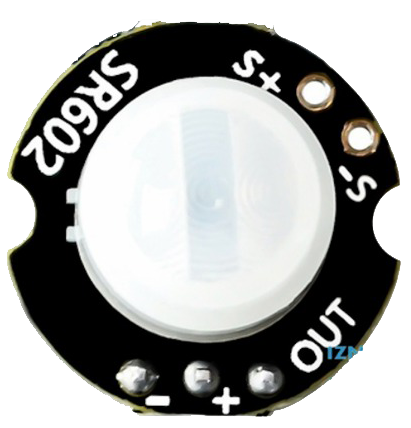
 Design with SR602 in Cirkit Designer
Design with SR602 in Cirkit DesignerIntroduction
The SR602 (Manufacturer Part ID: MH-SR602) is a low-power, dual-channel infrared receiver module designed and manufactured by ABC-RC. It is optimized for remote control applications, operating at a frequency of 38 kHz. The SR602 is capable of receiving signals from infrared remote controls, making it an essential component for consumer electronics, home automation systems, and other IR-based communication projects.
Explore Projects Built with SR602
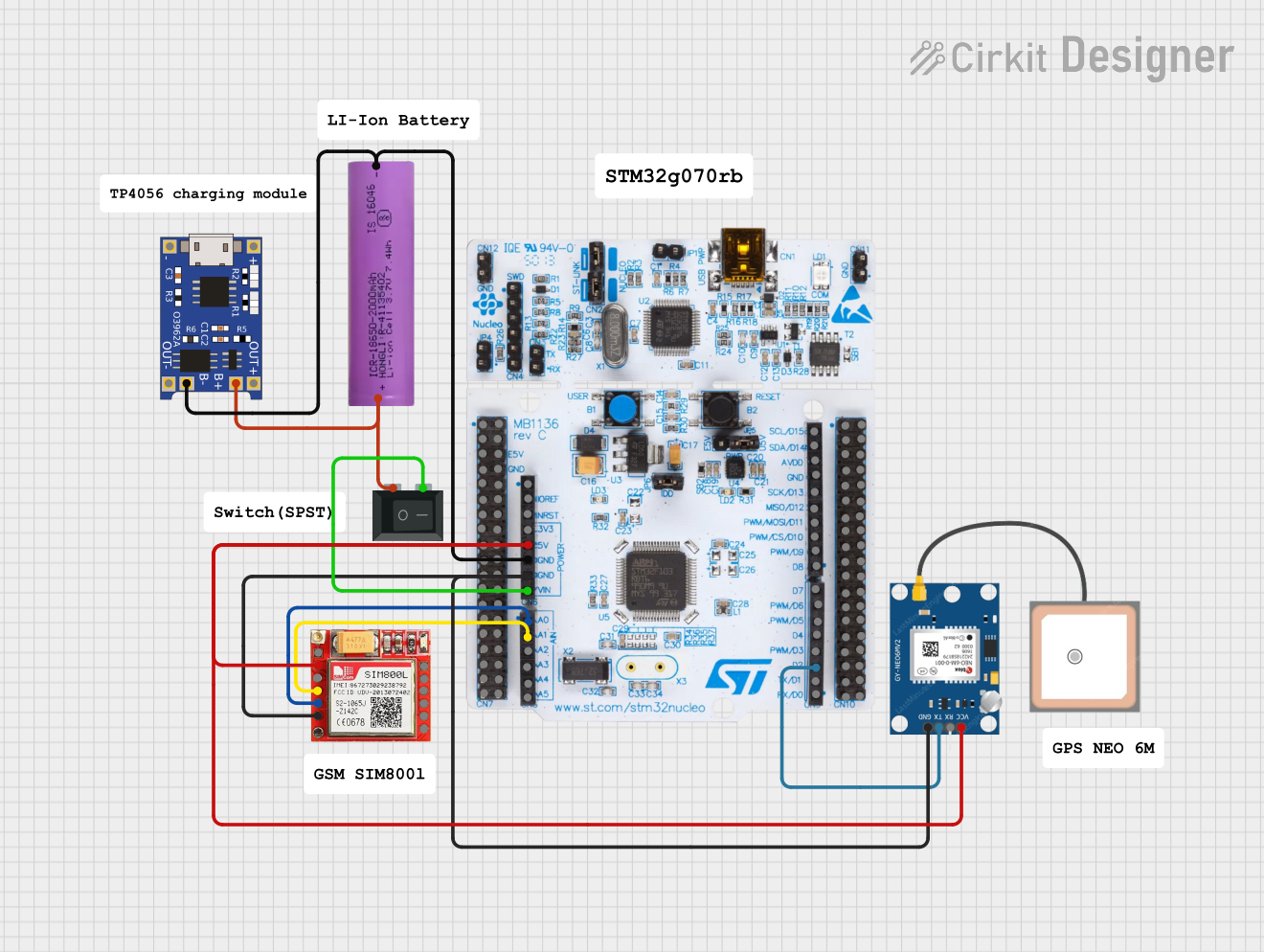
 Open Project in Cirkit Designer
Open Project in Cirkit Designer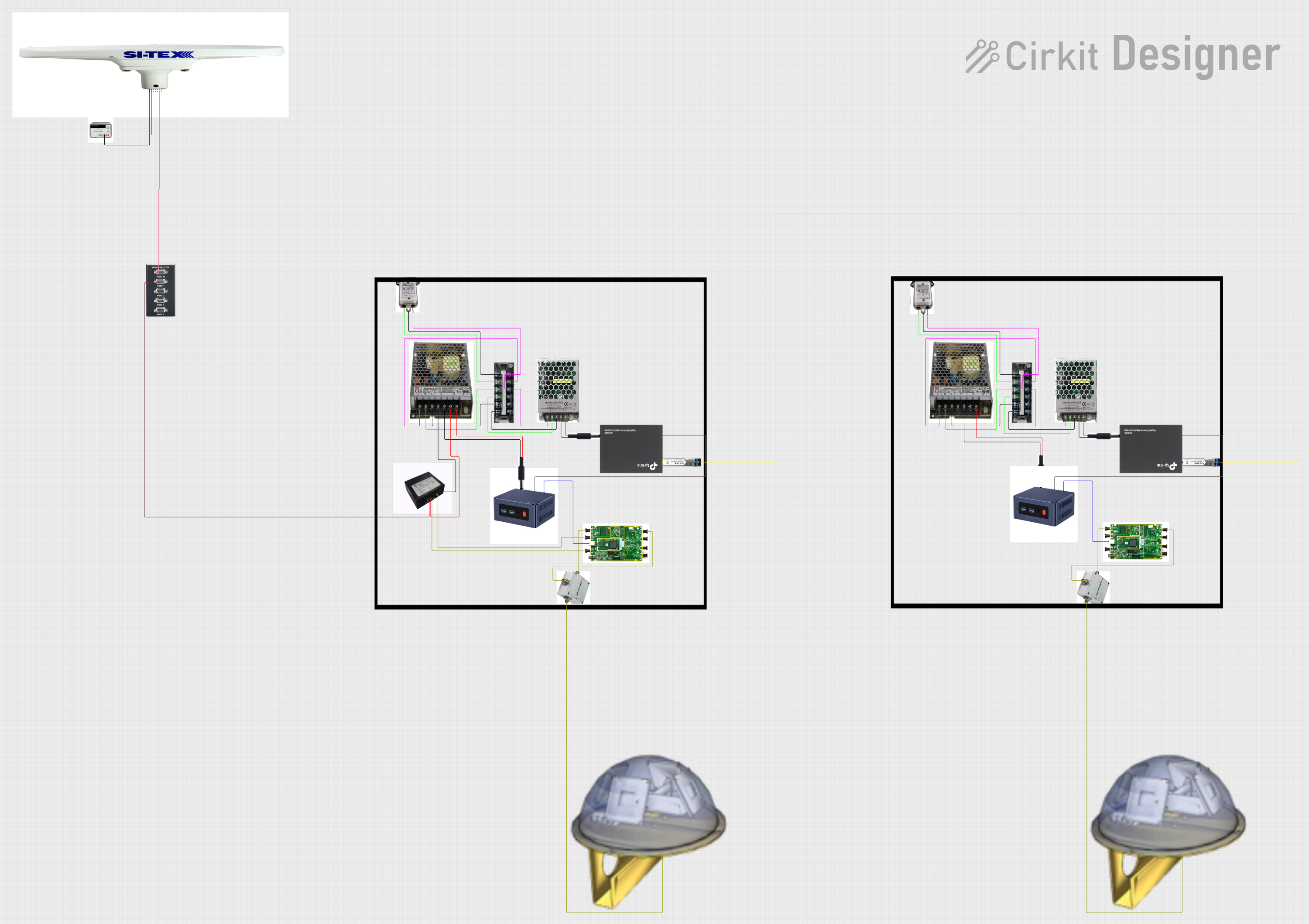
 Open Project in Cirkit Designer
Open Project in Cirkit Designer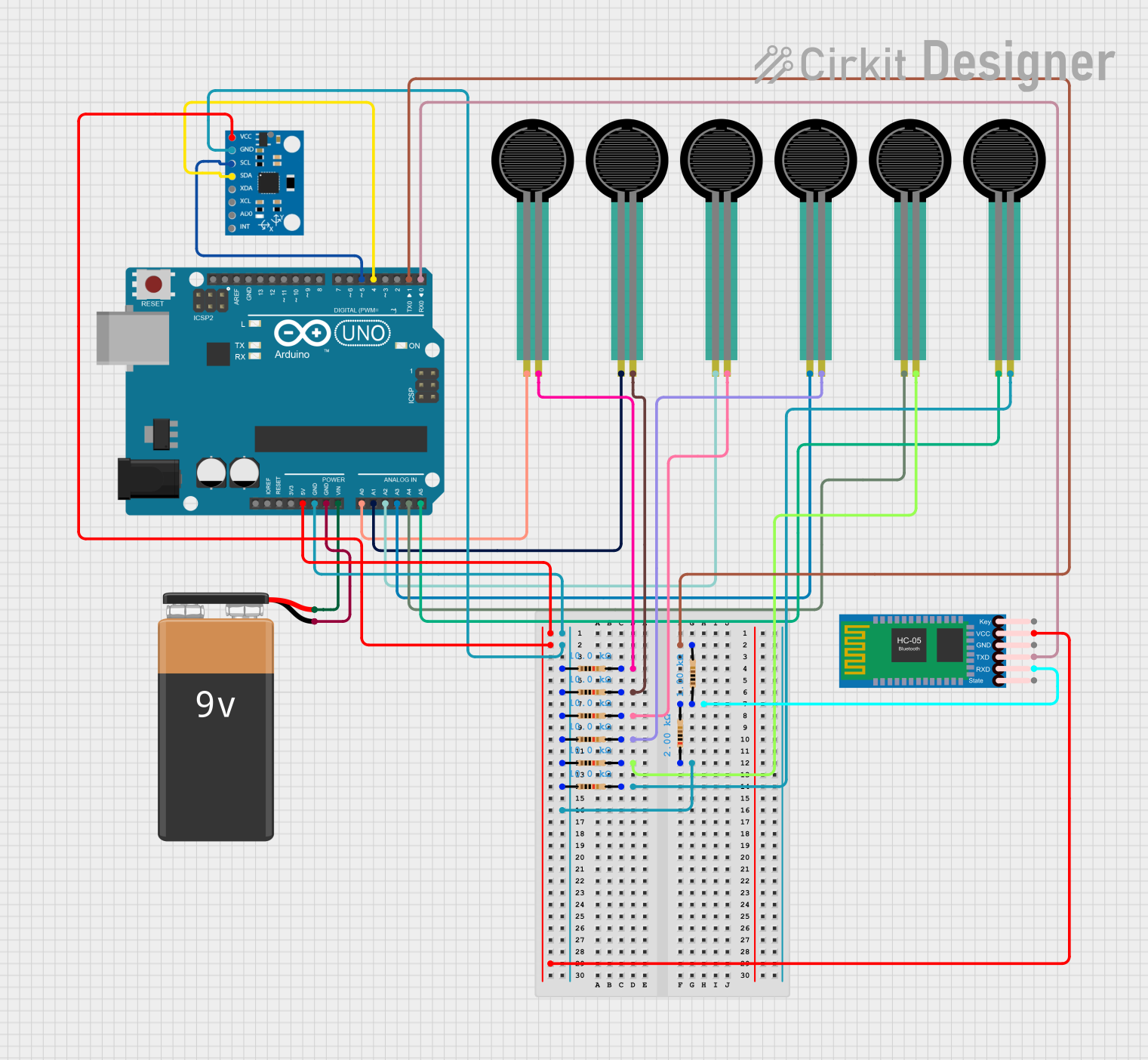
 Open Project in Cirkit Designer
Open Project in Cirkit Designer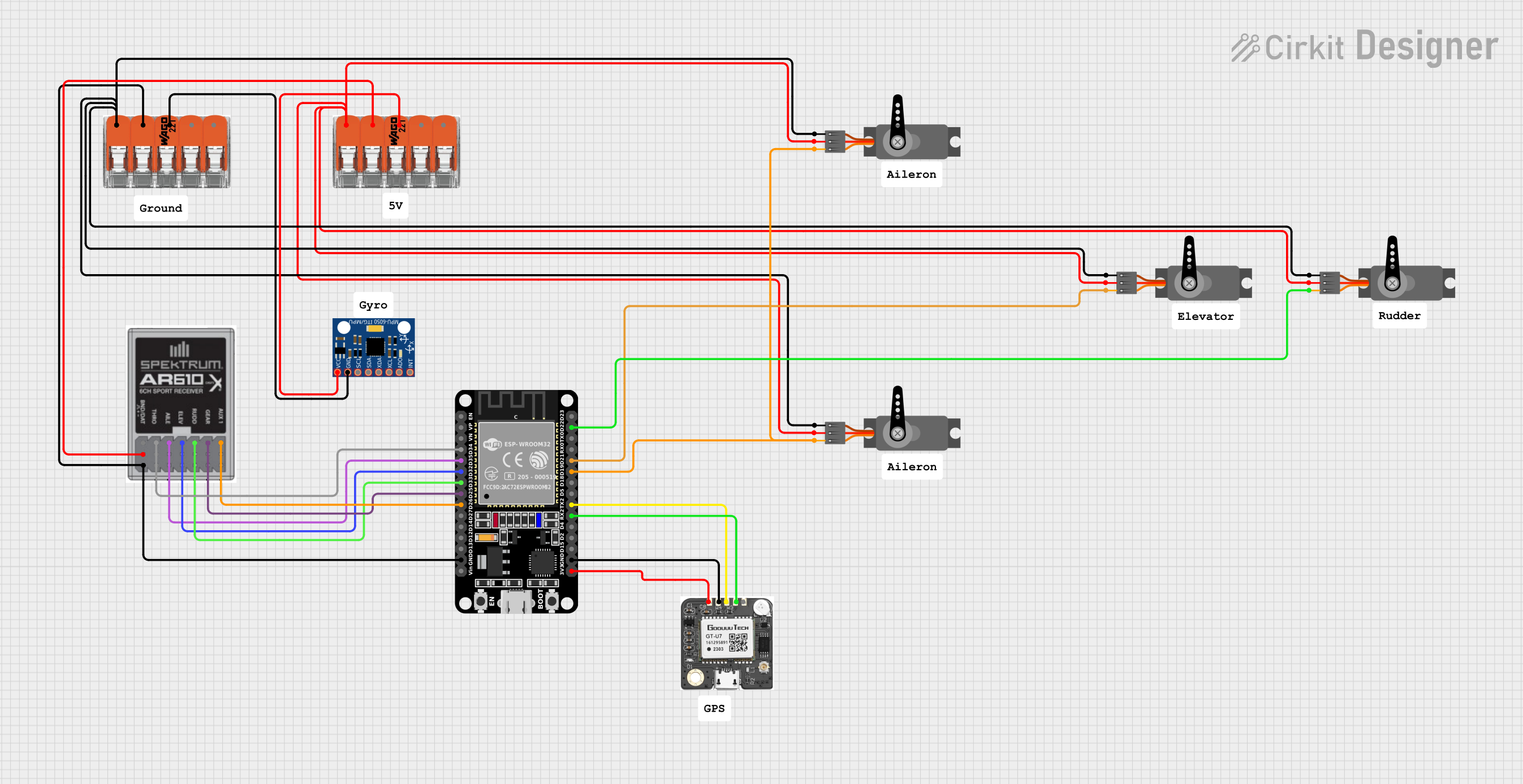
 Open Project in Cirkit Designer
Open Project in Cirkit DesignerExplore Projects Built with SR602

 Open Project in Cirkit Designer
Open Project in Cirkit Designer
 Open Project in Cirkit Designer
Open Project in Cirkit Designer
 Open Project in Cirkit Designer
Open Project in Cirkit Designer
 Open Project in Cirkit Designer
Open Project in Cirkit DesignerCommon Applications
- Remote control signal reception for TVs, audio systems, and set-top boxes
- Home automation systems for IR-based device control
- Robotics and IoT projects requiring IR communication
- Consumer electronics with IR-based user interfaces
Technical Specifications
The SR602 is designed to provide reliable performance in a compact form factor. Below are its key technical specifications:
| Parameter | Value |
|---|---|
| Operating Voltage | 3.3V to 5.5V |
| Operating Current | ≤ 1.5 mA |
| Carrier Frequency | 38 kHz |
| Reception Distance | Up to 18 meters (line of sight) |
| Reception Angle | ±45° |
| Output Signal | Digital (active low) |
| Operating Temperature | -25°C to +85°C |
| Dimensions | 10mm x 5mm x 3mm |
Pin Configuration and Descriptions
The SR602 module has three pins, as described in the table below:
| Pin | Name | Description |
|---|---|---|
| 1 | VCC | Power supply input (3.3V to 5.5V). Connect to the positive terminal of the power source. |
| 2 | GND | Ground. Connect to the negative terminal of the power source. |
| 3 | OUT | Digital output pin. Outputs a low signal when an IR signal is detected. |
Usage Instructions
The SR602 is straightforward to use in a circuit. Follow the steps below to integrate it into your project:
- Power the Module: Connect the VCC pin to a 3.3V or 5V power source and the GND pin to ground.
- Connect the Output: Connect the OUT pin to a microcontroller or other digital input device. The output will be active low, meaning it will go low (0V) when an IR signal is detected.
- Positioning: Ensure the module is positioned to face the IR transmitter directly for optimal signal reception. Avoid obstructions between the transmitter and receiver.
- Decoding the Signal: Use a microcontroller (e.g., Arduino UNO) to decode the received IR signal. Libraries such as the
IRremotelibrary for Arduino can simplify this process.
Example: Connecting SR602 to an Arduino UNO
Below is an example of how to connect and use the SR602 with an Arduino UNO to decode IR signals:
Circuit Diagram
- VCC: Connect to the Arduino's 5V pin.
- GND: Connect to the Arduino's GND pin.
- OUT: Connect to Arduino digital pin 2.
Arduino Code
#include <IRremote.h> // Include the IRremote library
const int RECV_PIN = 2; // Define the pin connected to the SR602 OUT pin
IRrecv irrecv(RECV_PIN); // Create an IR receiver object
decode_results results; // Variable to store decoded IR data
void setup() {
Serial.begin(9600); // Initialize serial communication
irrecv.enableIRIn(); // Start the IR receiver
Serial.println("IR Receiver is ready");
}
void loop() {
if (irrecv.decode(&results)) { // Check if an IR signal is received
Serial.print("IR Code: ");
Serial.println(results.value, HEX); // Print the received IR code in hexadecimal
irrecv.resume(); // Prepare to receive the next signal
}
}
Important Considerations
- Power Supply: Ensure a stable power supply to avoid erratic behavior.
- Interference: Avoid placing the module near sources of IR interference, such as sunlight or fluorescent lights.
- Signal Decoding: Use appropriate libraries or algorithms to decode the received IR signals accurately.
Troubleshooting and FAQs
Common Issues and Solutions
No Signal Detected:
- Ensure the IR transmitter is functioning and pointed directly at the SR602.
- Check the wiring connections, especially the VCC and GND pins.
- Verify that the power supply voltage is within the specified range (3.3V to 5.5V).
Erratic or Unreliable Output:
- Minimize interference from ambient light sources.
- Ensure the module is not placed too far from the IR transmitter (maximum range is 18 meters).
Output Always Low:
- Check if the IR transmitter is continuously sending signals.
- Verify that the OUT pin is correctly connected to the microcontroller.
Output Always High:
- Ensure the IR transmitter is active and sending signals.
- Confirm that the SR602 is receiving sufficient power.
FAQs
Q1: Can the SR602 work with 3.3V microcontrollers like ESP32?
A1: Yes, the SR602 operates within a voltage range of 3.3V to 5.5V, making it compatible with 3.3V microcontrollers.
Q2: What is the maximum distance for reliable signal reception?
A2: The SR602 can reliably receive signals up to 18 meters in a direct line of sight.
Q3: Can the SR602 detect signals from any IR remote?
A3: The SR602 is designed to detect signals modulated at 38 kHz, which is the standard for most IR remote controls.
Q4: How do I decode complex IR protocols?
A4: Use libraries like IRremote for Arduino or similar tools for other platforms to decode complex IR protocols easily.
By following this documentation, you can effectively integrate the SR602 into your projects and troubleshoot any issues that arise.